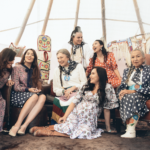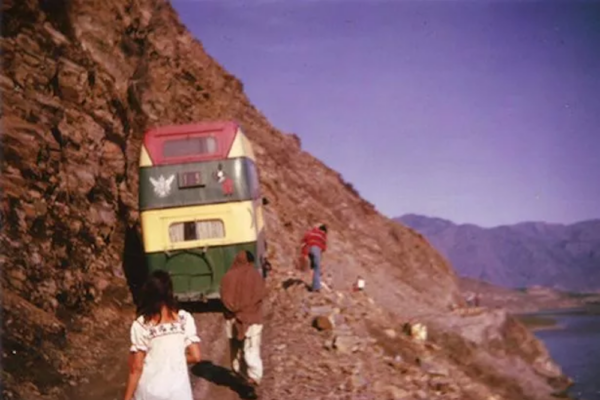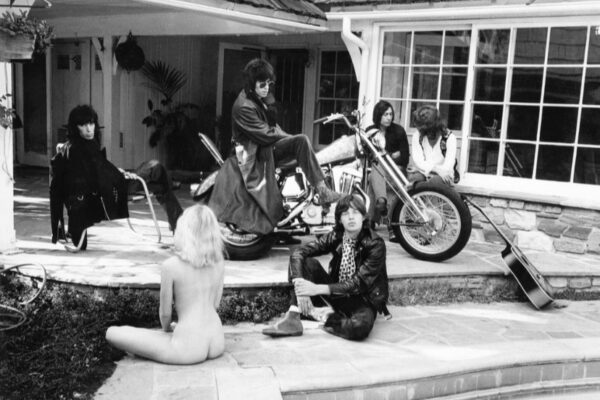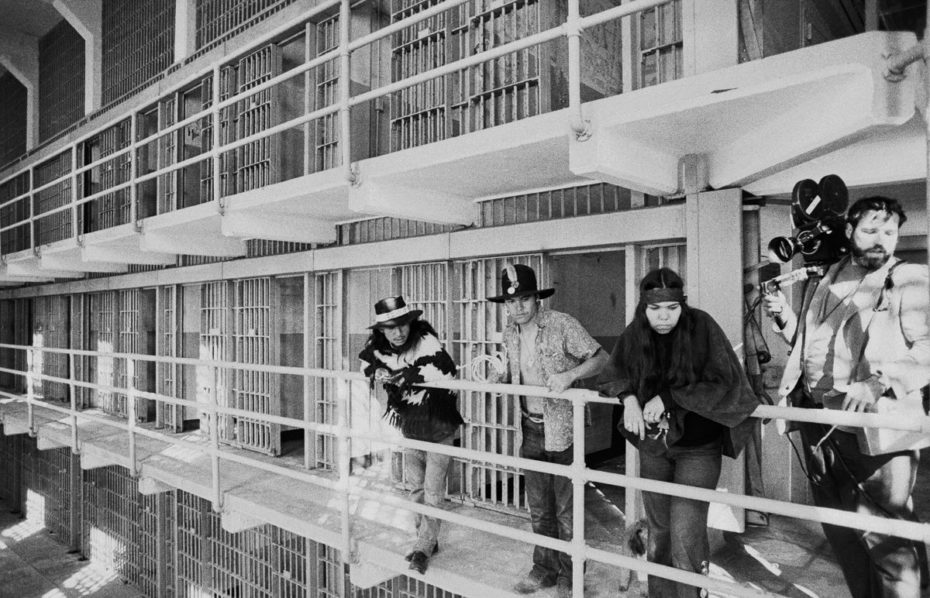
Fifty years ago, their revolution emerged like a Phoenix from the ashes. It was 1969, and a fire had just destroyed the San Francisco American Indian Center, which had proved an indispensable resource for over 30,000 members of the urban indigenous population. With no other options, local activists had to get radical. They found their solution on the foggy horizon line of the Bay: Alcatraz. It was “the Rock” that went down in infamy, a hellish speck in the Pacific that by 1964 was fully abandoned, but had once put Al Capone and Machine Gun Kelly behind bars. Now was the time for its original, indigenous landowners to reclaim what was stolen from them so long ago, and over the next 19 months, the Rock transformed into the pulse point of the Native American “Red Power” movement…
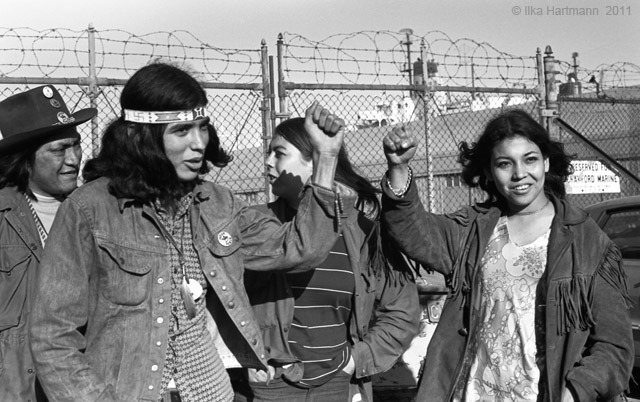
As a penitentiary, Alcatraz shut down in the Spring of 1963, and by ’64 was officially declared a surplus federal property – a fact that didn’t miss the hawk-like radar of “The Indians of All Tribes” (IAT), a grassroots Native American organisation that was always on the lookout for holes in the colonialist infrastructures that had left their communities floundering in reservations, and urban settings alike.
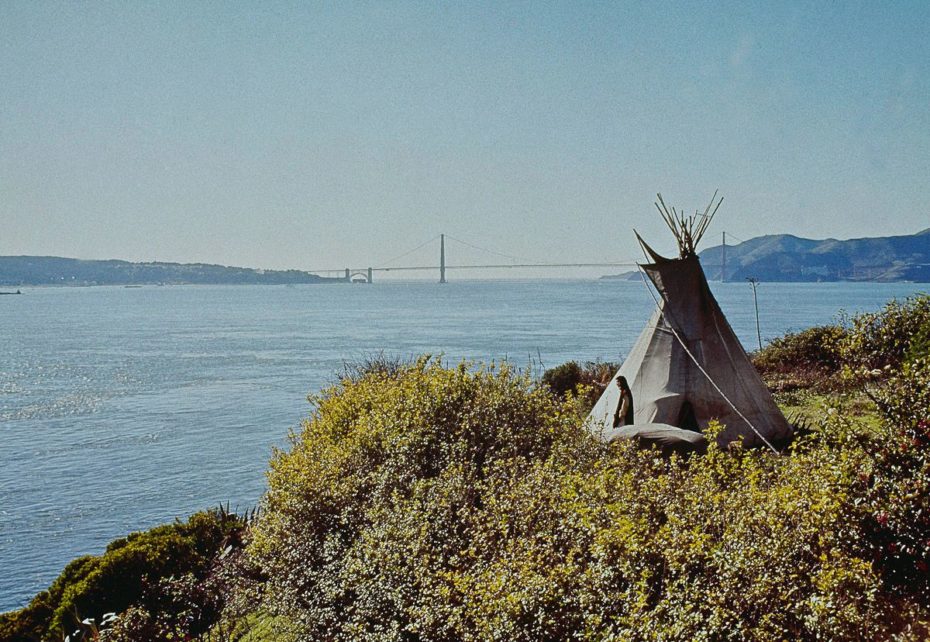
The IAT identified as a faction of the Red Power movement, which, not unlike Black Power, wasn’t afraid to get confrontational on the quest for justice. “My influences have always been Crazy Horse and Malcom X,” explained the legendary, late member John Trudell, “But I was [also] influenced by rock n’ roll.” Crazy-Horse-meets-Malcom-X-meets-Rocker was definitely the vibe when IAT members Richard Oakes, LaNada Means, and Adam Fortunate took that fateful boat ride to the island in 1969 and, with the mainland as their witness, took back the Rock.
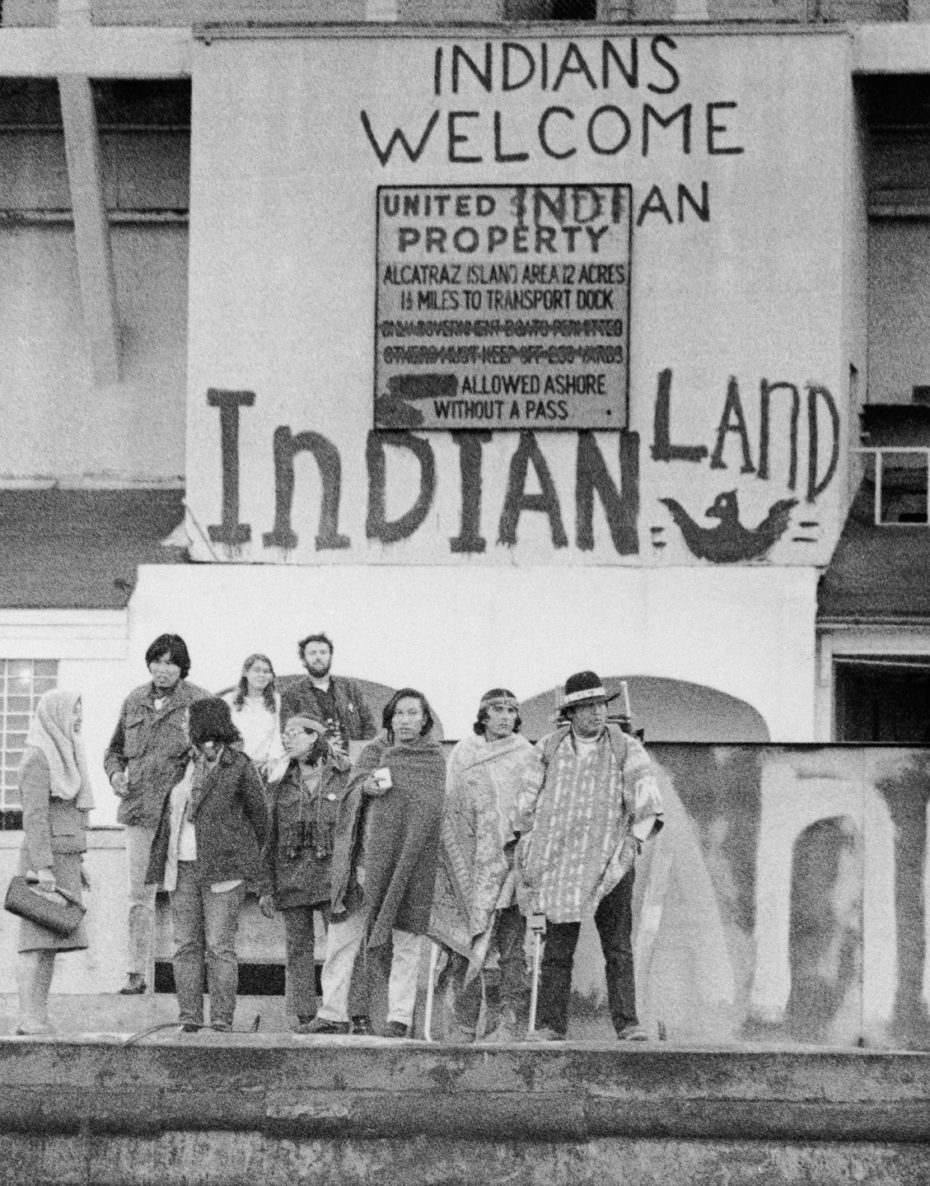
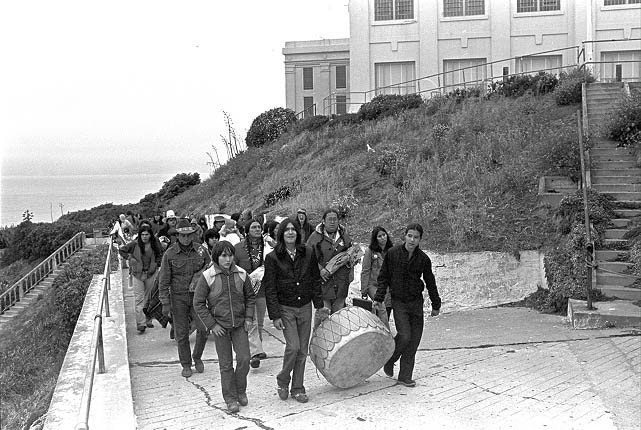
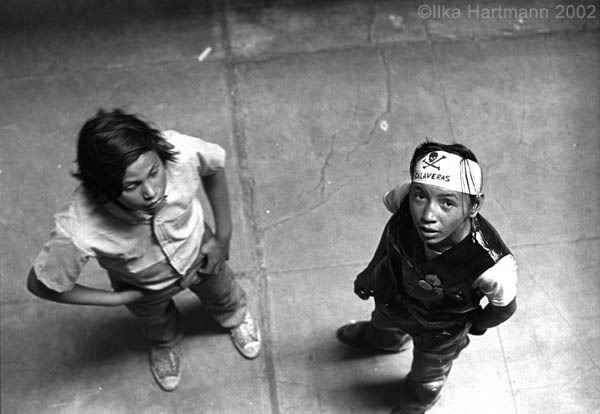
It was pretty punk, but it was also completely legal. IAT members realised that the 19th century US treaty with Native Americans, “The Treaty of Fort Lamnia”, proclaimed any and all official government surplus property free for indigenous reclamation. Alcatraz was up for grabs.
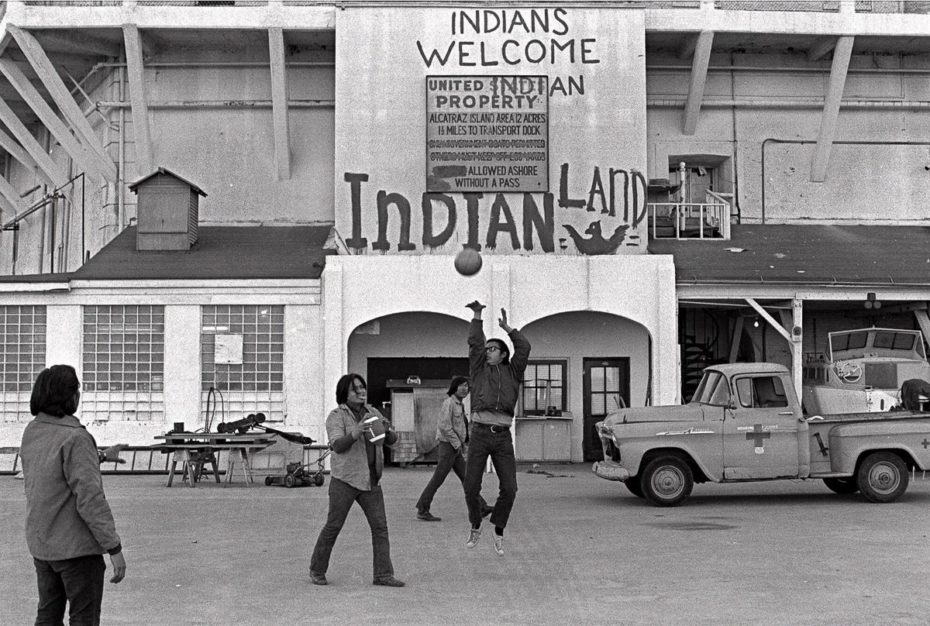
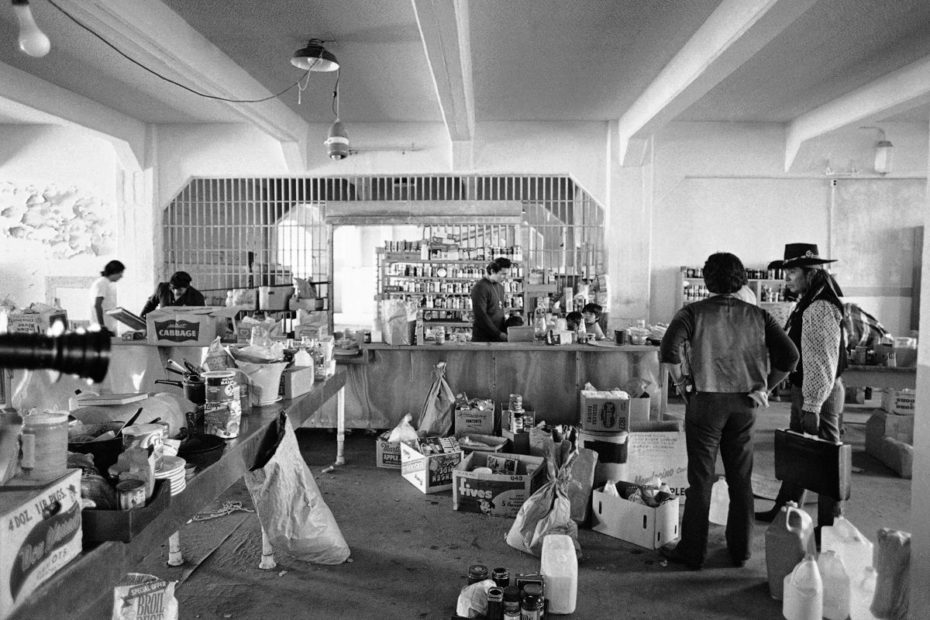
Long before the European invasion, about 10,000 indigenous peoples lived on the coast between Point Sur and San Francisco. Alcatraz, a Spanish word for “Pelican”, was likely used as a centre for exiled tribe members, a site for fishing, and later, a hideout from Christian missionaries. Indigenous activists had tried prior attempts to occupy the island, but this would be the most formidable yet. When Adam Fortunate Eagle gave a public statement declaring their decision to essentially move back in, he said that the IAT would nevertheless, out of courtesy, buy it back from the government for “$24 in glass beads and red cloth” – precisely what colonists gave native peoples 300 years earlier when they “purchased” the island of Manhattan. It was an epic mic drop, and there was nothing the government could do about it.
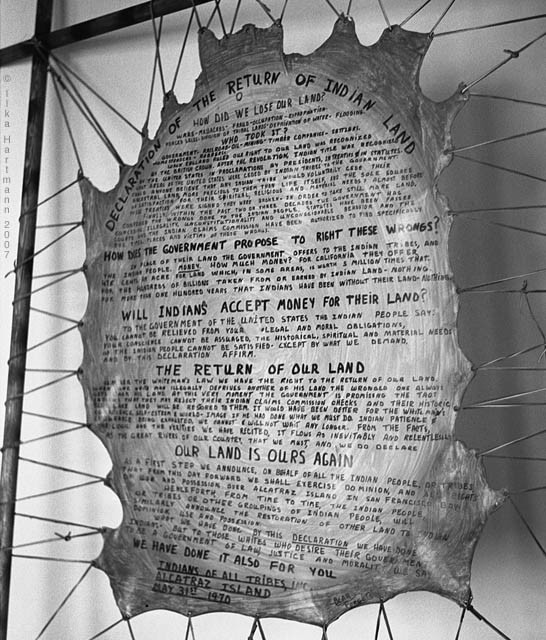
Soon about 100 Native Americans, mostly students and activists from urban communities, were living the island that had otherwise seemed destined to fall into decay, or the whims of private developers. By Thanksgiving of 1969, the island had blossomed into a well-rounded community with elected council members, and a regular voting system and 400 occupants.
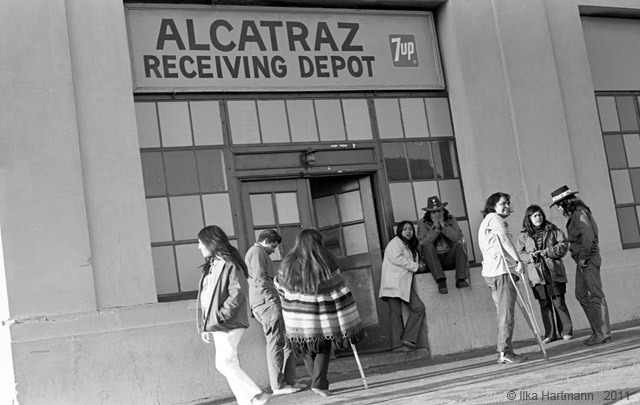
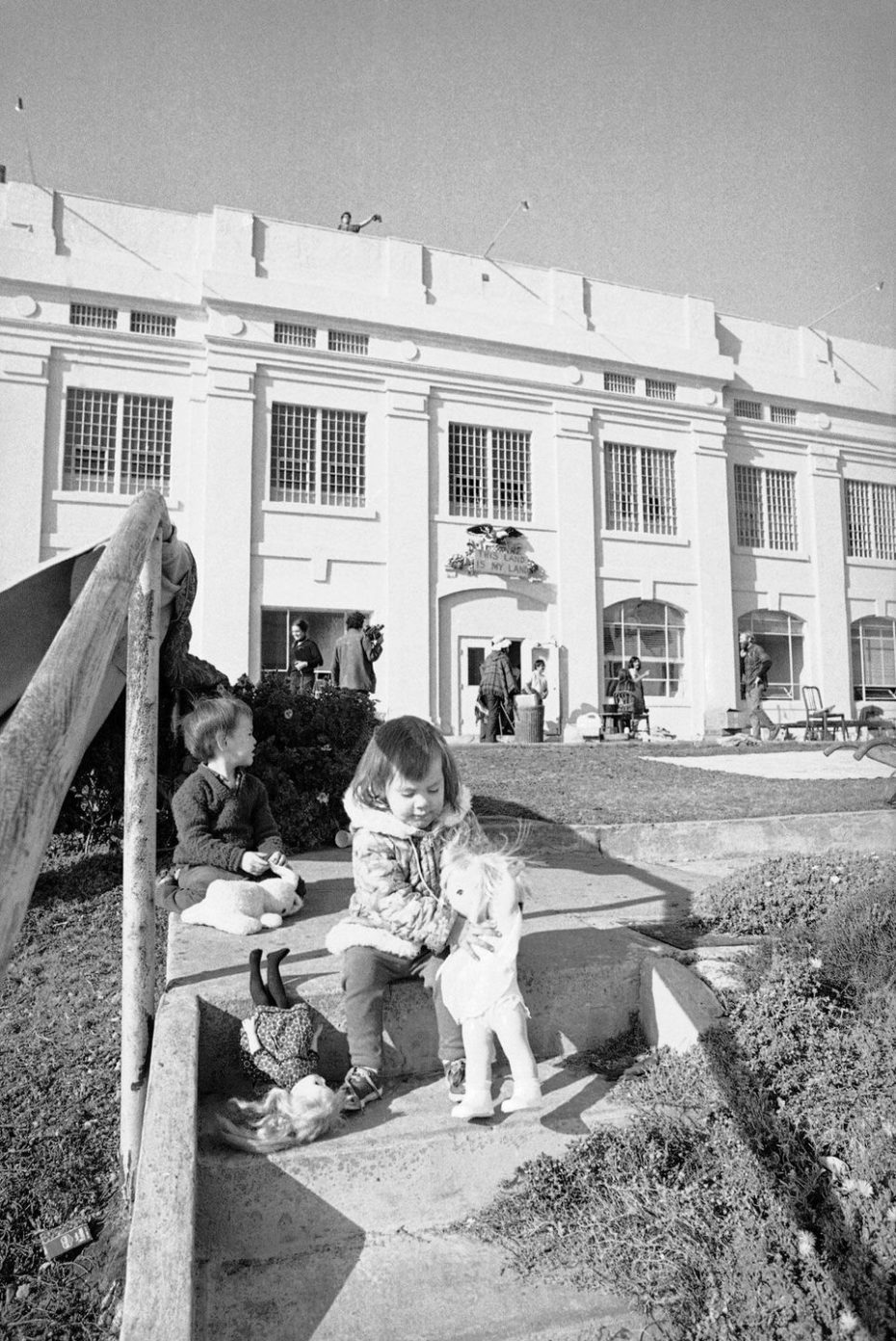
The first step was getting a running kitchen and sanitation system going, then a clinic, a day-care, and even a radio station run by Trudell, who the FBI described as being “extremely eloquent…therefore extremely dangerous.”
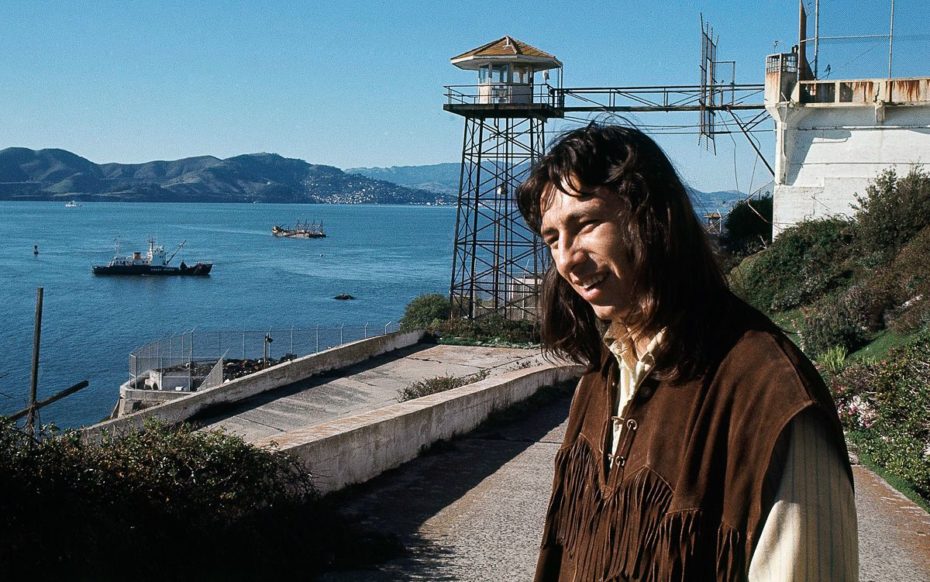
The rock band Creedence Clearwater Revival donated $15,000 for a boat for reliable transport, and celebrities like Jane Fonda, Marlon Brando, and Buffy Sainte-Marie visited to show their support. There was talk of turning the island into not just a Native American cultural centre, but a museum and University – all projects proposed to the government, which was pretty much left speechless. Not only was the “Red Power” revolution here, but it was organised, well-spoken, and clear.
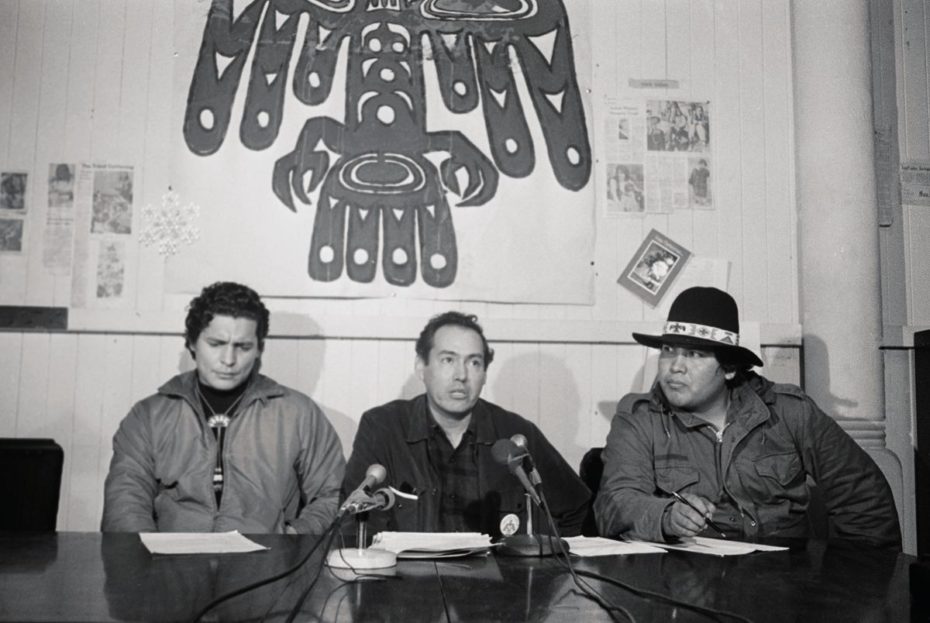
Months passed. Then a year. Nixon had been holding off on using blatant force, bringing in the big guns, so to speak, in hopes that the community would crumble on its own. Sadly, his strategy would prove effective. Divisions were beginning to form within the island community, which was being infiltrated by the general hippy population from the Haight-Ashbury. The dream had lost its focus, and the positive energy hit a new low when a 13 year old girl died from an accidental, 3-story fall on the island. And not just any girl, but the stepdaughter of Occupation leader Richard Oakes, who consequentially left after the trauma. In many ways, his departure was the first domino to fall in matter’s of the island’s stability. The media, which had been generally sympathetic to their cause, uncovered mounting issues of drug use and violence.
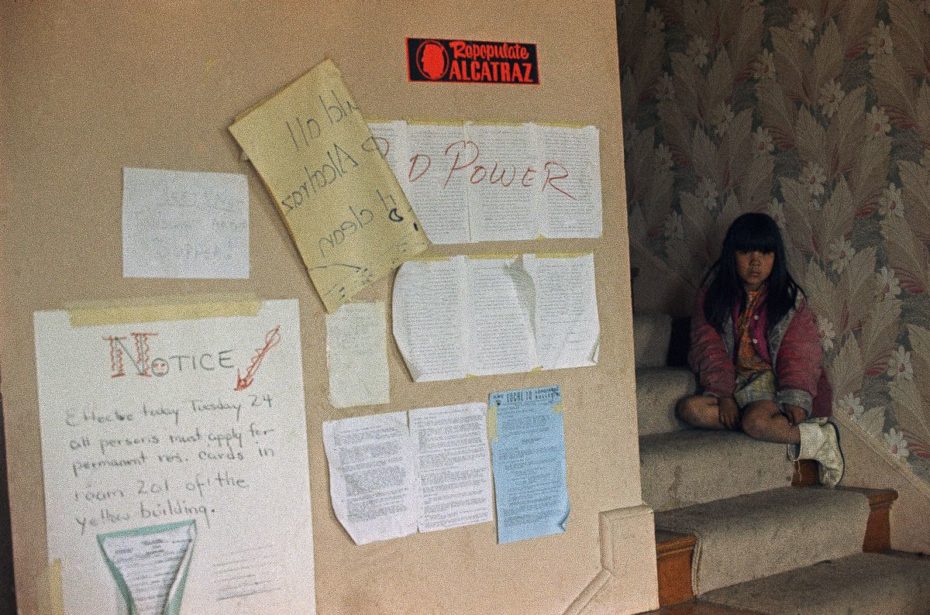
Rather than working with island population, or offering them the resources to get back on track, the government started playing dirty. In mid-1970, the US Coast Guard quietly turned off their electricity, and halted the barge that brought them fresh water. A mysterious fire took place. Dwindling supplies led occupants to sell copper salvaged from the prison, which was technically illegal, and thus led to a dramatic arrest of a handful of occupants.
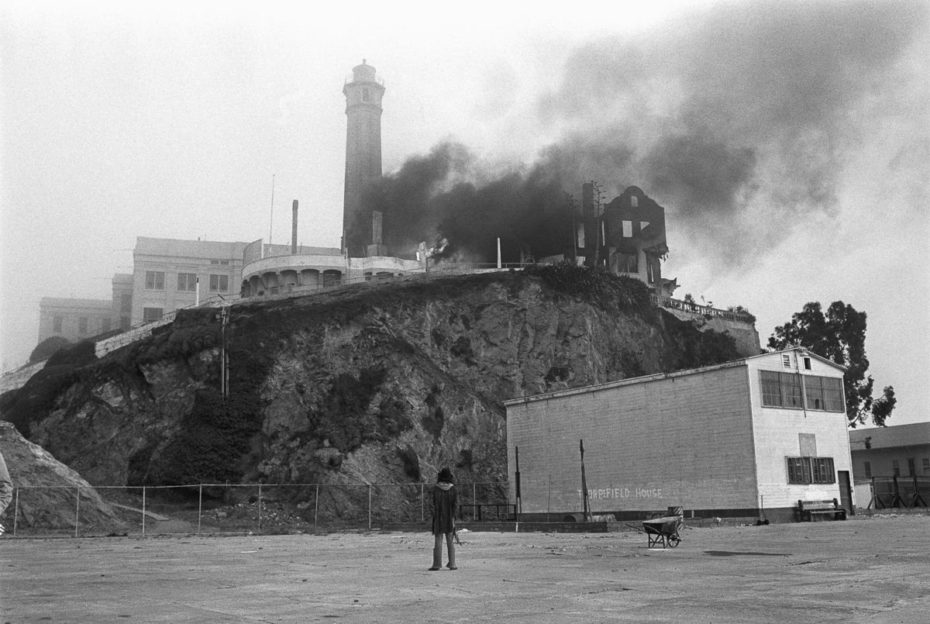
The final straw was an oil tank collision in the dangerously foggy Bay, which the government said could’ve been prevented if the island had been equipped with a working lighthouse. They were making the old “pull yourselves up by your bootstraps” argument, which, as Martin Luther King, Jr. once said, is a tough argument to make when you have no bootstraps in the first place. In June of 1971, armed FBI agents, federal marshals, and special forces police invaded the island, forcefully removing five unarmed women, four children, and six men to send a tragic, symbolic message: the party was over.
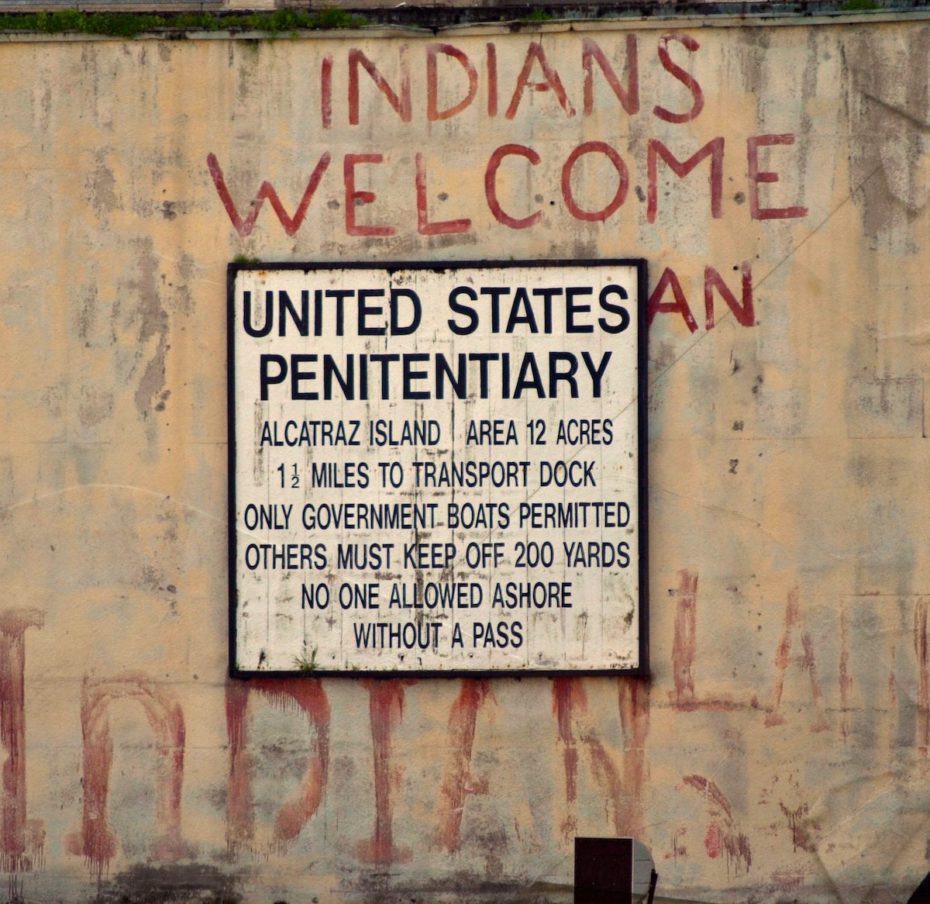
Today, the Occupation of Alcatraz is often no more than a footnote in history textbooks, despite its role as a catalyst for major social change. In 1970, Nixon finally ended the Indian Termination Policy, a toxic mix of “assimilation” policies targeted at Native Americans; funding for the Bureau of Indian Affairs went up over 200%, and dozens of new forms of legislation looking to support indigenous populations were introduced. Alcatraz was turned into a National Park (arguably better than a private development), and every year Native Americans gather to dance in a Sunrise Ceremony in honour of those who paved the way before them, beneath the walls where their red graffitied words still remain: “Peace and Freedom. Welcome. Home of the Free Indian Land.”
Keep the revolution going! Show your support to orgs like the American Indian College Fund, the National Indian Childcare Association, and the Native American Rights fund.


